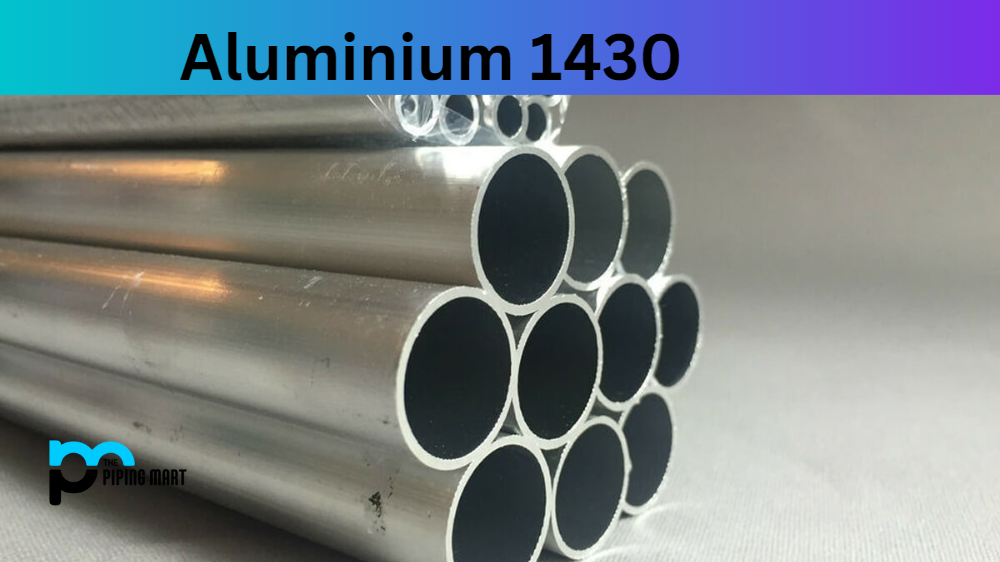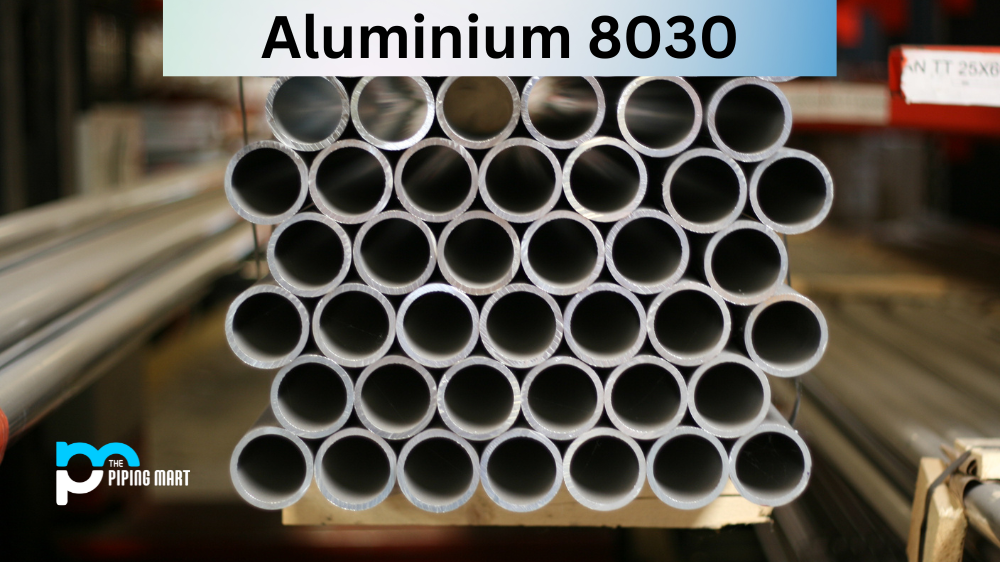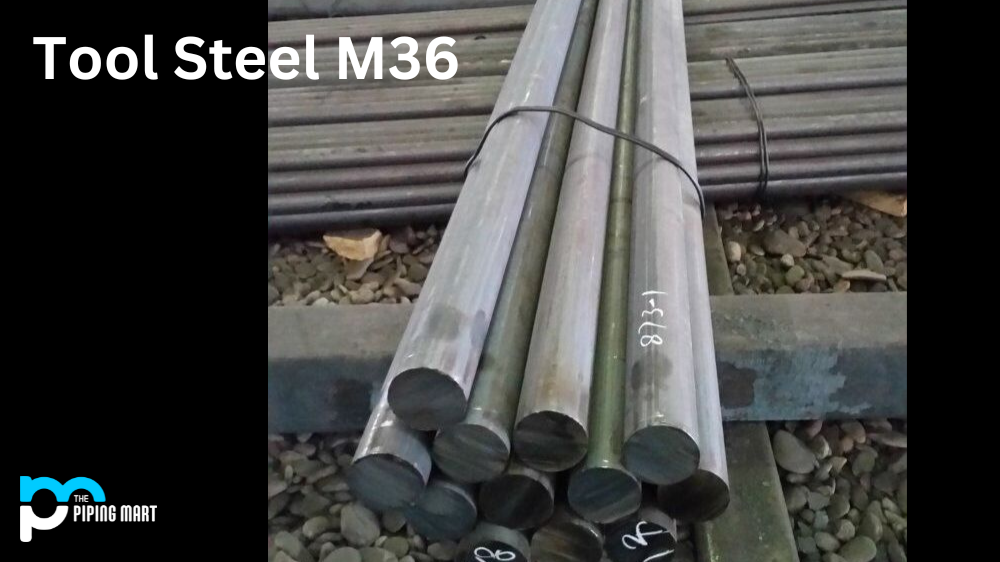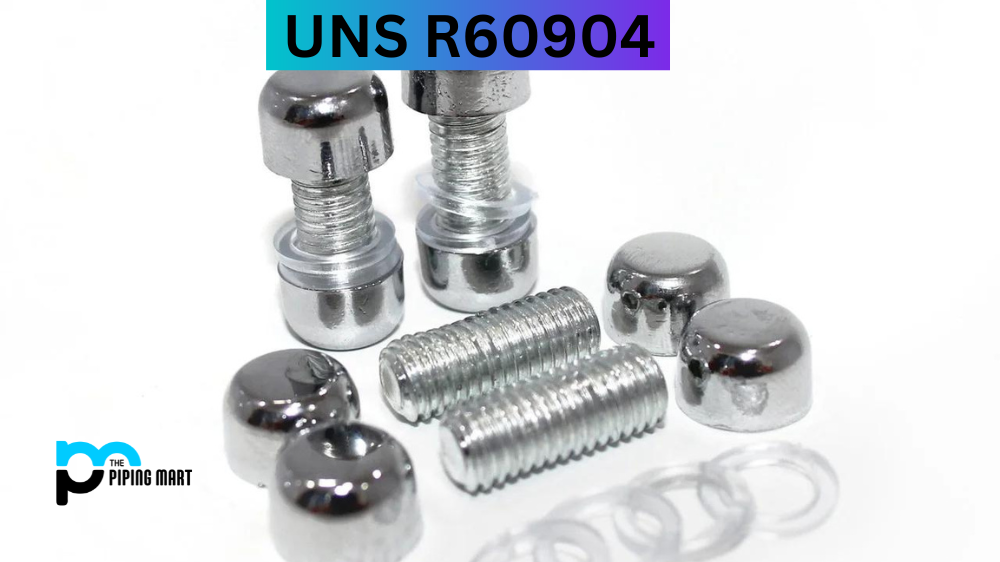Alloy 1430 is a popular alloy used for a variety of applications. It boasts excellent physical and chemical properties, making it an ideal choice for many manufacturing needs. In this blog post, we’ll look at the composition, properties, uses, corrosion resistance, heat resistance, heat treatment, machining and welding of Aluminium 1430.
1430 Aluminium Composition
Aluminium 1430 contains 1% magnesium and 0.3% silicon by weight. It is commonly found in wrought alloys with a tensile strength ranging from 40 to 140 ksi (275-960 MPa).
| Element | Content (%) |
|---|---|
| Iron, Fe | 97.03 – 98.22 |
| Chromium, Cr | 0.80 – 1.10 |
| Manganese, Mn | 0.40 – 0.60 |
| Carbon, C | 0.280 – 0.330 |
| Silicon, Si | 0.15 – 0.30 |
| Molybdenum, Mo | 0.15 – 0.25 |
| Sulfur, S | 0.040 |
| Phosphorous, P | 0.035 |
1430 Aluminium Chemical Properties
Aluminium 1430 has excellent chemical properties due to its high purity and low impurities like iron and copper. This makes it suitable for many industries, including automotive and aerospace applications.
1430 Aluminium Mechanical Properties
| Properties | Metric | Imperial |
|---|---|---|
| Tensile strength, ultimate | 560 MPa | 81200 psi |
| Tensile strength, yield | 460 MPa | 66700 psi |
| Modulus of elasticity | 190-210 GPa | 27557-30458 ksi |
| Bulk modulus (Typical for steel) | 140 GPa | 20300 ksi |
| Shear modulus (Typical for steel) | 80 GPa | 11600 ksi |
| Poissons ratio | 0.27-0.30 | 0.27-0.30 |
| Elongation at break (in 50 mm) | 21.50% | 21.50% |
| Reduction of area | 59.6 | 59.60% |
| Hardness, Brinell | 217 | 217 |
| Hardness, Knoop (Converted from Brinell hardness) | 240 | 240 |
| Hardness, Rockwell B (Converted from Brinell hardness) | 95 | 95 |
| Hardness, Rockwell C (Converted from Brinell hardness, value below normal HRC range, for comparison purposes only.) | 17 | 17 |
| Hardness, Vickers (Converted from Brinell hardness) | 228 | 228 |
| Machinability (Annealed and cold drawn. Based on 100% machinability for AISI 1212 steel.) | 70 | 70 |
1430 Aluminium Physical Properties
Aluminium 1430 has good formability and weldability due to its low melting point. It also has good electrical conductivity, making it great for applications like wiring or electronic components where high conductivity is needed. It also has good thermal conductivity, which means it can be used in applications that require heat transfer, such as cookware or radiators.
| Properties | Metric | Imperial |
|---|---|---|
| Density | 7.85 g/cm3 | 0.284 lb/in³ |
| Melting point | 1432°C | 2610°F |
1430 Aluminium Thermal Properties
| Properties | Metric | Imperial |
|---|---|---|
| Thermal conductivity (100°C) | 42.7 W/mK | 296 BTU in/hr.ft2. °F |
1430 Aluminium Equivalent
| AMS 6348 | AMS 6371 | ASTM A331 | ASTM A829 | DIN 1.7218 |
| AMS 6350 | AMS 6373 | ASTM A506 | MIL S-18729 | UNI 25 CrMo 4 |
| AMS 6351 | AMS 6374 | ASTM A507 | MIL S-6758 | JIS SCCrM 1 |
| AMS 6360 | AMS 6528 | ASTM A513 | SAE J1397 | JIS SCM 2 |
| AMS 6361 | AMS 7496 | ASTM A519 | SAE J404 | SS 2225 |
| AMS 6362 | ASTM A29 | ASTM A646 | SAE J412 | B.S. CDS 110 |
| AMS 6370 | ASTM A322 | ASTM A752 | AFNOR 25 CD 4 (S) | SAE J770 |
1430 Aluminium Uses
Aluminium 1430 is most commonly used in the automotive industry due to its lightweight yet strong construction capabilities. It is also often used in aerospace due to its excellent strength-to-weight ratio and corrosion resistance properties. Additionally, it can be found in manufacturing appliances like refrigerators, water heater parts and medical equipment because of its ability to resist oxidation and corrosion when exposed to air or moisture.
Corrosion Resistance
The addition of magnesium gives Aluminium 1430 excellent corrosion resistance when exposed to air or water vapours over long periods. This makes it suitable for use in marine environments such as boat hulls or propellers where saltwater exposure may occur regularly.
Heat Resistance
Aluminium 1430 has moderate heat resistance thanks to its low melting point, which allows it to withstand temperatures up to 500°F without any risk of warping or distortion. This makes it perfect for high-heat applications like cookware or furnace components.
Heat Treatment
The addition of magnesium gives aluminium 1400 better machinability than other alloys; however, if you are looking for even better results, you can use a process called double ageing, which involves heating the material at elevated temperatures followed by rapid cooling cycles until desired properties are achieved (elevated hardness/tensile strength).
Machining
Because aluminium 1400 has good formability and weldability characteristics, it is easy to work with CNC machining methods like milling or turning operations where precise tolerances are needed on complex shapes with minimal waste material left over from production processes.
Welding
When welding aluminium 1400, you should use MIG (Gas Metal Arc Welding) or TIG (Tungsten Inert Gas Welding). Both techniques offer superior results compared with oxyacetylene welding, MIG welding may be preferred because it’s easier than TIG welding – especially when working with thicker materials.
Conclusion
Overall, aluminium 1400 is an incredibly versatile alloy that offers excellent formability, weldability & corrosion resistance while boasting lightweight & high-strength characteristics – making it perfect for many types of applications across multiple industries! Thanks to its wide range of chemical & physical properties combined with ease of machinability & welding capabilities – this versatile alloy will continue to be one of the top choices in metals today!

Abhishek is a seasoned blogger and industry expert, sharing his insights and knowledge on various topics. With his research, Abhishek offers valuable insights and tips for professionals and enthusiasts. Follow him for expert advice on the latest trends and developments in the metal industry.




